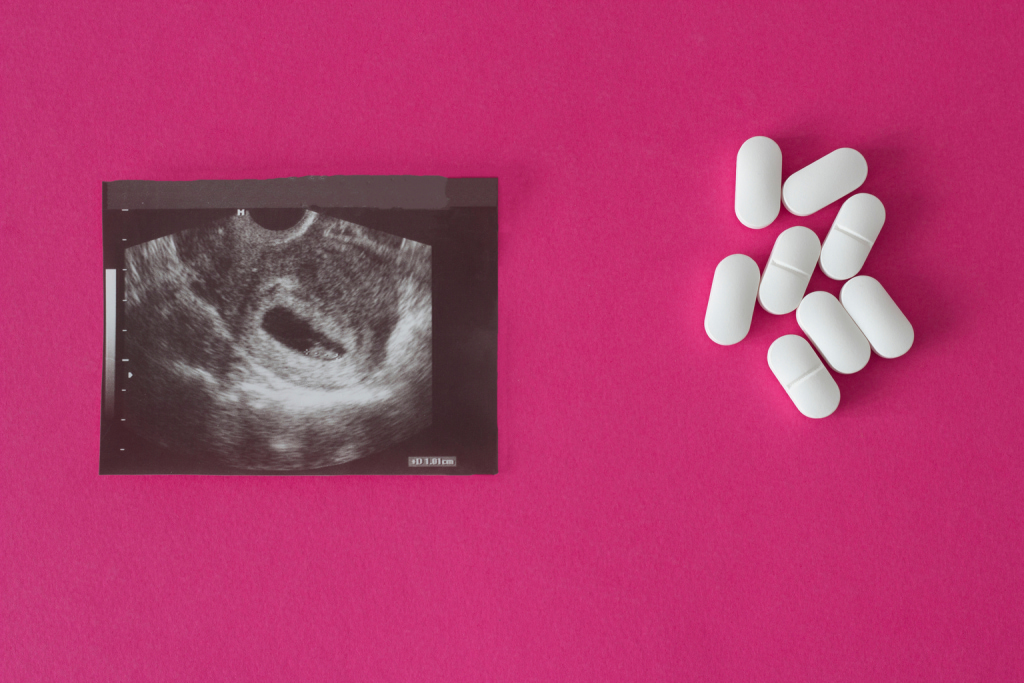If you are pregnant, undertaking an abortion is not an easy thing to decide to do. Japan (which ranked 120 out of 156 countries in the world for gender equality in 2021) doesn’t make it any easier. We spoke to several women who went through the process.
In 2020, there were 145,340 registered abortions in Japan, but how many more would there have been without the extra complications?
Male Consent Still Required
Japan is one of only 11 countries in the world where third-party consent is required in most abortion cases, alongside countries such as Saudi Arabia and Syria.
Until as recently as 2013, even unmarried couples were required to get a signature from a male. Despite no longer being a legal requirement, as of 2022, many hospitals still require this signature on a form.

Image from Shutterstock
I Almost had an Abortion
Kat (surname withheld) told us about her experience in 2020. It happened when she had an unplanned pregnancy while in a committed relationship.
“I went to the hospital a couple of times for a checkup,” she says. “After that, the date was set. I was also given the documents that needed to be signed by the both of us and needed to be brought in on the day. Since the baby was already three months old, the doctor explained that they needed to register it as well. When my ex learned about that, he backed out.”
“This was the morning of my set day,” she continues. “Everything was ready, including my bags. I only needed his signature. Since then, he has blocked me. We no longer have any communication. Currently, I’m raising my baby alone.”
No Signature Means No Surgery
In countries where we take body autonomy for granted, it can feel backwards and degrading to ask permission from a man.
Kristin Turner (pseudonym) was a rare exception. “I was asked for a signature from my boyfriend but he had already left Japan,” she says. “They asked again because they thought I had misunderstood. When they realized he really wasn’t in the country they stopped asking. It cost about ¥100,000. I thought it was ridiculous to have to ask a man’s permission to do something to my body but thankfully the female nurses also knew it was ridiculous.”
Some women are not so lucky. When asked what made her go through with the pregnancy, Kat told us it was mainly because of the signature requirement.
This third-party consent law has been around since 1948. Julia Abbott (pseudonym) told us her story from 2009. “My husband didn’t agree with the pregnancy termination, even when the doctor expressed her concern regarding the baby’s health. I falsified his signature (using his hanko) and went alone.” They are no longer together.
 Abortion Expense
Abortion Expense
An abortion is not covered by Japanese health insurance and in the most extreme cases it can cost up to ¥500,000.
Those under the age of 20 consistently count for nearly 10 percent of all abortions in Japan. For a teenager, finding such a huge amount of money to terminate a pregnancy can cause untold stress, especially if parents are unable to contribute.
Kat also mentioned that the upfront cost of ¥280,000 was part of the reason she couldn’t have the abortion. Doubtless, she isn’t the only one.
 Surgery is the Only Option in Japan
Surgery is the Only Option in Japan
Despite the World Health Organization (WHO) recommending abortion pills as the safest way to end a pregnancy, Japan has not yet approved them. Instead, over 80 percent of clinics in Japan use the curettage method, which involves using a metal implement to scrape out the fetus.
Curettage is a procedure that the WHO explicitly advises against. Unsurprisingly, it is also one of the reasons that women do not go through with planned abortions. The initial consultation, with the following surgical procedure potentially weeks afterwards, provides ample time for ‘reconsideration.’

Hope for the Future
The good news is that abortion pills are likely to be legally available in Japan relatively soon. The British firm LinePharma applied for approval to distribute them in December 2021, but this is not expected to happen until 2023. When it does finally get approval, the pills are still expected to cost as much as a surgical abortion.
There are organizations such as Action for Safe Abortion Japan who are campaigning to remove the third-party consent law. As recently as June 2022 they reached over 150,000 signatures on their petition and are awaiting the results.
And there’s also hope for young people who feel they cannot afford an abortion. Consulting with a social worker may lead to a reduction in fees. Occasionally the abortion is covered by health insurance, in instances of rape, for example.
Many of the people we spoke to about their abortions in Japan told us it was a straightforward surgical procedure, as they expected. One common point is that all of these people had their forms signed by a male as required. The only exception is one person whose partner had gone overseas.
The petition to change the third-party consent law is available to sign in English, here.










